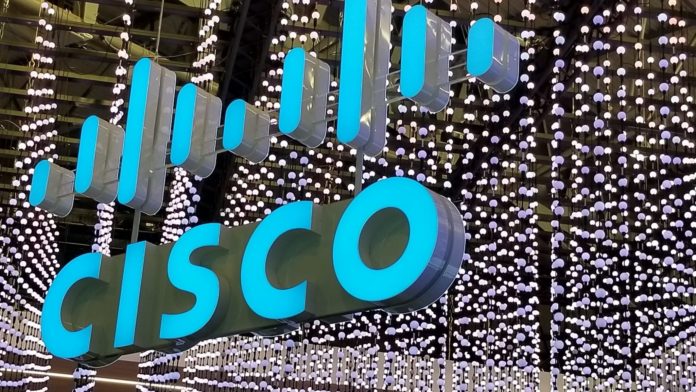Cisco vision of network automation focused on visibility, intelligent data insights, and action
Editor’s note: For the first installment in this two-part series, click here to read, “Cisco on Routed Optical Networking: The efficiency of it all (Part 1)”.
5G is maturing but new service revenues remain elusive; operators have something of a tough road to hoe. As they try to figure out the new revenue piece–something that will certainly flow from delivering solutions to enterprises rather than selling more of [insert thing they could sell more of] to consumers–a secondary (primary maybe) goal is removing structural operational costs and automating whatever can be automated.
To the removal of structural costs, see the link to Part 1 of this story in the subheading. As for the automation of it all, we turn to an interview conducted on the sidelines of Cisco Live with Kevin Wollenweber, vice president of product management for Cisco’s Service Provider Network Systems business. One of the recurring themes of our conversation was how do operators–by and large risk-averse, bloated organizations seemingly unaware that their own corporate inertia is a primary culprit for stagnant ARPUs (my words, not his)–figure out what amount of automation is the correct amount of automation.
“The word automation means something different to everyone,” he said. “When we started down the path of automation, it was more about simple automation of tasks: I used to type these seven commands, now I write a script that automates the writing of those seven commands. What we’re really seeing now is the era of more automating intent, and delivering full use cases through automation. In terms of automation, I’m definitely seeing a shift of the [service] providers away from just task-based automation. They want to simplify how they use multiple tools and multiple technologies and deliver on these end use cases like what we’re doing with Routed Optical, or as they roll out Kubernetes infrastructure.”
When he’s talking through it with potential or existing customers, Wollenweber said he likes to boil things down to three primary tenets:
- Visibility: “How do I understand what’s happening in the network [using] tools that can work across multiple vendors and multiple domains in the network? Show them what’s happening and help them understand it.”
- Intelligent data insights: “Using streaming telemetry to drive insights around what’s happening in the network—take all the data and gain intelligent insights.” Of note, this doesn’t necessarily have to be based on artificial intelligence and machine learning.
- Action: “The next step is click this button and do it…We trust it now. I do see some hesitance in the full closed-loop [automation] from some large service providers.”
Wollenweber, pulling out another recurring theme from the larger Cisco Live program, pointed out that the technology isn’t really the hard part here. The bigger lift is assembling an organization in a manner that lets the technology do what’s is supposed to do which is drive operational savings. This is particularly important if you look at the vision of 5G network slicing wherein its most functional form a customer could enter network performance requirements into a portal and the operator’s network would provision and deliver those features automatically and end-to-end.
The friction is around the sheer complexity of the networks operators have built. There’s also something of a disconnect around the idea that in order to get to an end state (if there ever is an end state) of automated, intelligent, almost elegant, networks, things will probably have to get more complex before they get less complex.
“I would say a lot of the components and underlying building blocks, we’re delivering that today,” he said. “I think we see there’s going to be a lot of revenue that comes in from enterprises and private networks. The analogy I like to use a lot with what we’re doing with Routed Optical and a lot of these tools, think about Tesla and self-driving cars and what’s happening in that space. The goal isn’t to transform a car; it’s to transform the transportation industry. That’s what we’re trying to do with networks. I live in [network] transport. For me, you can’t build a house without a foundation. You can’t build a next-gen communications infrastructure without transport. What we’re really trying to do is transform the service provider infrastructure, drive that cost and efficiency moving forward.”

